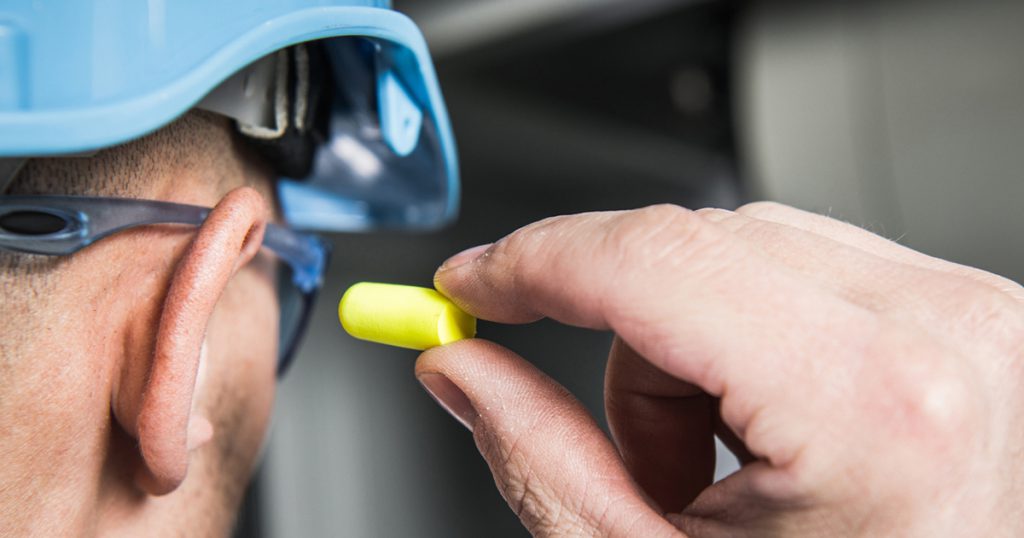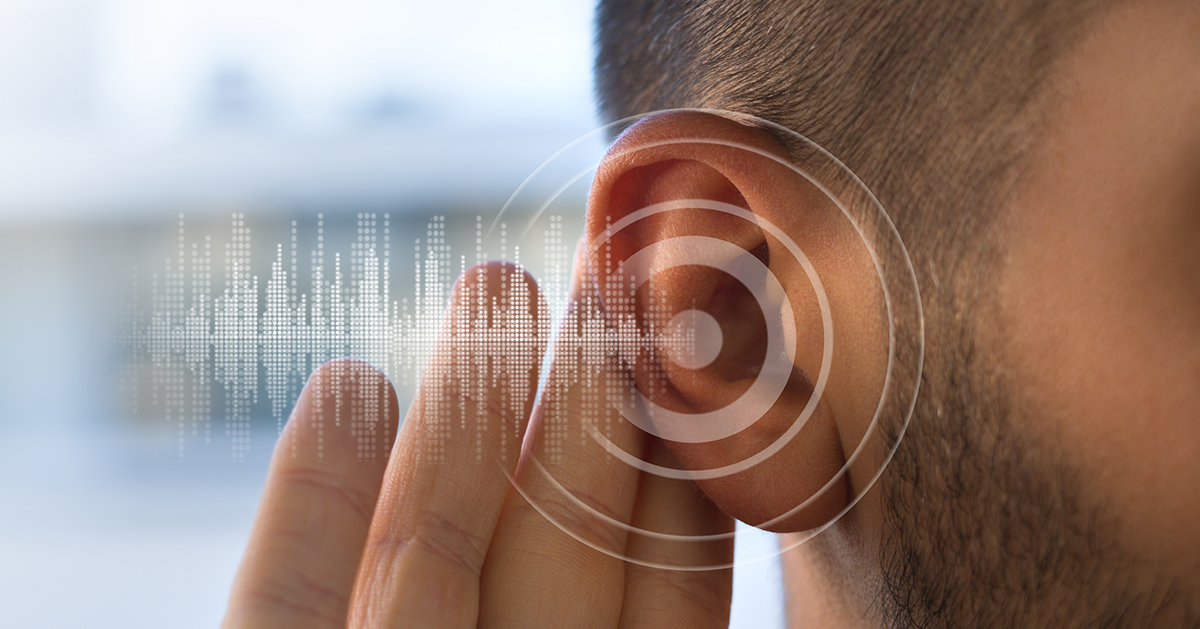Your Guide to Better Hearing Health
Hearing is one of those things we often take for granted— until it starts to fade. Whether it’s a slow decline from years of noise exposure or a sudden issue, hearing loss can impact your work, relationships, safety, and quality of life. Fortunately, most hearing damage is preventable with the right habits and awareness.
Here’s your go-to guide for protecting your ears, staying alert to warning signs, and knowing when it’s time to get checked.
The Earbud Effect: Are You Listening Too Loud?
The rise in wireless earbuds and headphones means people are listening to music, podcasts, and calls for hours each day. But experts warn: prolonged exposure to loud sounds can lead to permanent hearing damage—even in young adults and teens [1].
Here’s how to protect your hearing without giving up your favorite tunes:
- Follow the 60/60 Rule: Listen at no more than 60% of max volume for no more than 60 minutes at a time [1].
- Choose noise-canceling headphones: These reduce background noise, so you don’t need to crank the volume [2].
- Avoid sleeping with earbuds in: This can cause not only prolonged sound exposure but also physical irritation to the ear canal.
- Take breaks: Give your ears 5–10 minutes of silence every hour to recover.
Warning signs your earbuds may be hurting your ears:
- Ringing or buzzing (tinnitus)
- Temporary hearing “muffling” after removing headphones
- Needing higher volume over time to enjoy the same sound
If you notice these signs, reduce your volume immediately and consider scheduling a hearing test.
Hearing Hazards at Work: Don’t Tune Out the Danger Roughly 22 million U.S. workers are exposed to potentially damaging noise each year on the job [4]. Industries like manufacturing, construction, aviation, farming, and live entertainment are especially high-risk.
Sound levels above 85 decibels (dB)—about as loud as a leaf blower or city traffic—can cause permanent hearing loss if you’re exposed to them for long periods [4].
Workplace Hearing Protection Tips:
Use proper PPE (personal protective equipment):
Earplugs, earmuffs, or noise-reducing headsets must be used in noisy areas.
- Know your decibels: Ask if your workplace offers noise monitoring. If not, use a smartphone app to measure sound exposure.
- Rotate tasks: Taking breaks from noisy environments helps reduce your daily exposure.
- Ask about OSHA’s Hearing Conservation Program if noise is a concern. This program includes annual hearing tests, noise monitoring, and protective strategies [4].

Untreated hearing loss can lead to isolation, communication errors, and even increased workplace injuries due to reduced situational awareness [5].
When Should You Get Your Hearing Checked?
Regular hearing exams are as important as eye or dental checkups. Catching changes early can help you stay connected and proactive.
Recommended Screening Frequency:
• Ages 18–40: Every 3-5 years unless symptoms appear
• Ages 40–60: Every 2-3 years
• Ages 60+: Every 1-2 years
• If you work in a noisy environment or notice symptoms (ringing, muffled sounds, difficulty understanding speech): get tested immediately [6].
Hearing tests are painless and take less than an hour. Audiologists can recommend hearing aids, communication tips, or treatment options if needed.
You don’t have to work in construction or attend rock concerts to damage your hearing. Everyday habits can add up—so small changes can make a big difference.
Healthy Hearing Tips:
Use hearing protection at concerts, sporting events, fireworks displays, or while mowing the lawn. Disposable foam earplugs or custom-molded ear protectors work well.
Treat infections early. Ear infections, especially if frequent or untreated, can cause temporary or permanent damage.
Mind your meds. Some medications, including certain antibiotics, cancer treatments, and pain relievers, can affect hearing (known as ototoxicity). Always consult your doctor about risks [7].
Manage chronic health issues. Diabetes, heart disease, and high blood pressure can reduce blood flow to the ears and increase the risk of hearing loss [8].
Your ears don’t grow back—protect them today so you can enjoy conversations, music, and everyday sounds for a lifetime.
©2025ProgressiveHealth
References
1. World Health Organization. Make Listening Safe. https://www.who.int/activities/making-listening-safe
2. Centers for Disease Control and Prevention. How to Use Headphones Safely. https://www.cdc.gov/nceh/hearing_loss/default.html
3. Mayo Clinic. Hearing Loss – Symptoms and Causes. https://www.mayoclinic.org/diseases-conditions/hearing-loss
4. Occupational Safety and Health Administration (OSHA). Occupational Noise Exposure. https://www.osha.gov/noise
5. National Institute for Occupational Safety and Health (NIOSH). Hearing Loss Prevention. https://www.cdc.gov/niosh/topics/noise
6. American Speech-Language-Hearing Association (ASHA). Hearing Screening Recommendations. https://www.asha.org
7. American Academy of Audiology. Ototoxic Medications. https://www.audiology.org/consumers-and-patients/ototoxic-medications/
8. Johns Hopkins Medicine. Hearing Loss and Your Health. https://www.hopkinsmedicine.org

